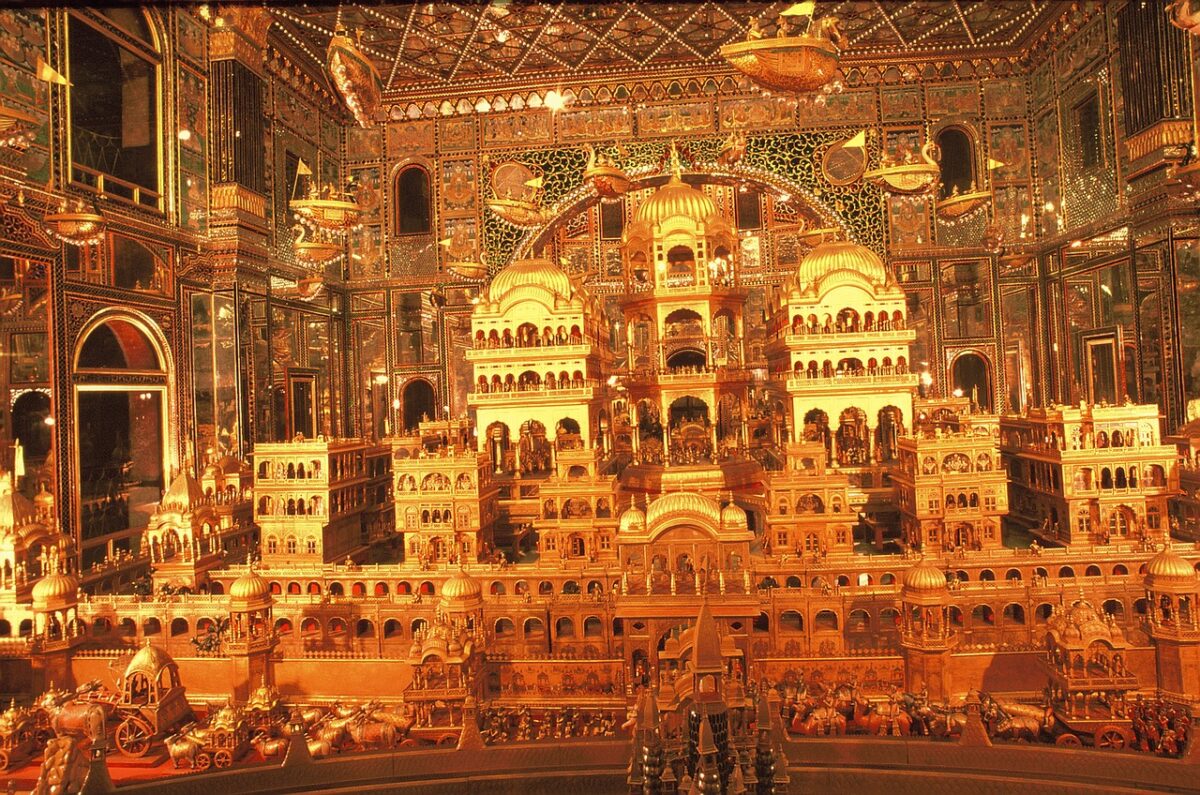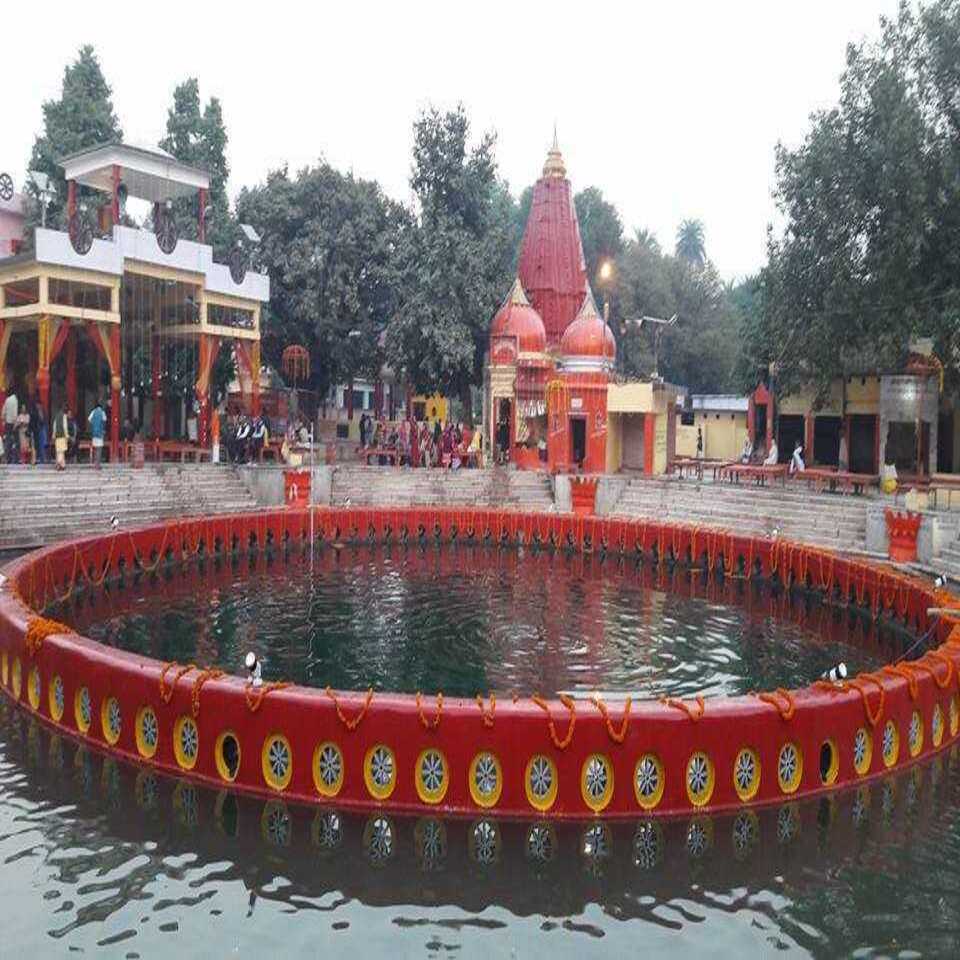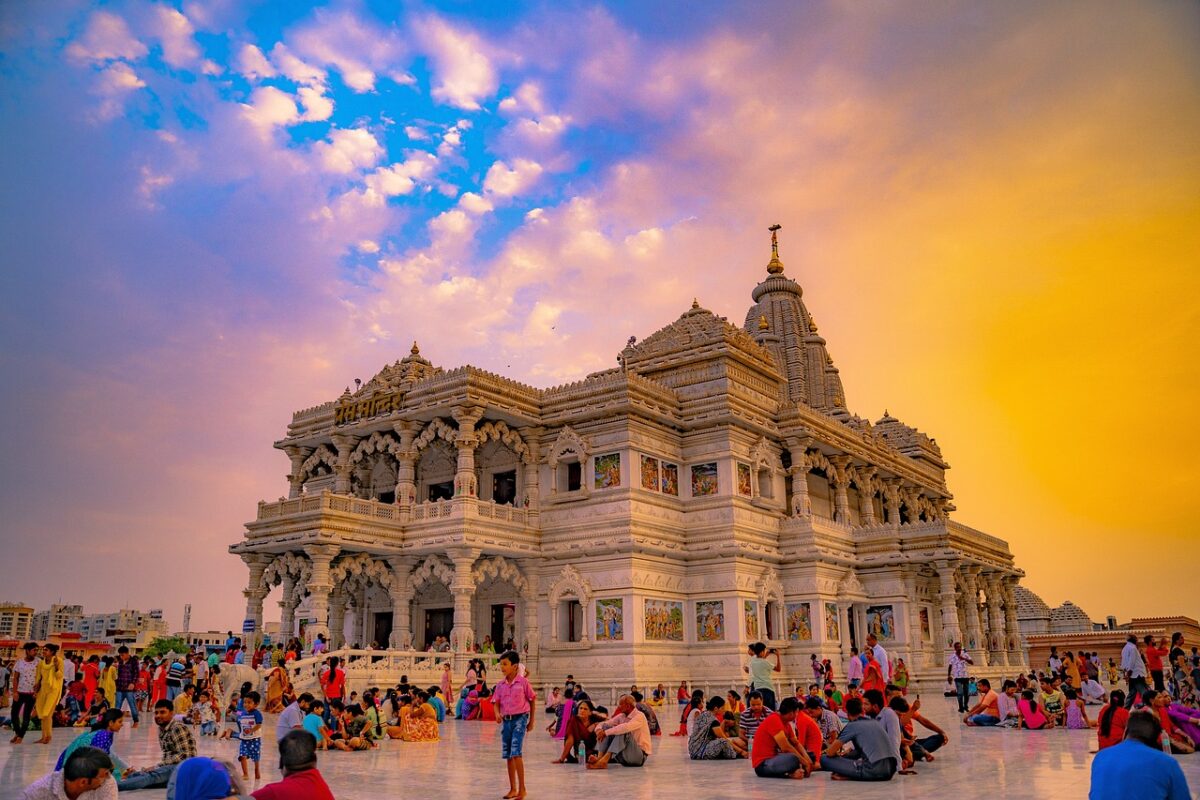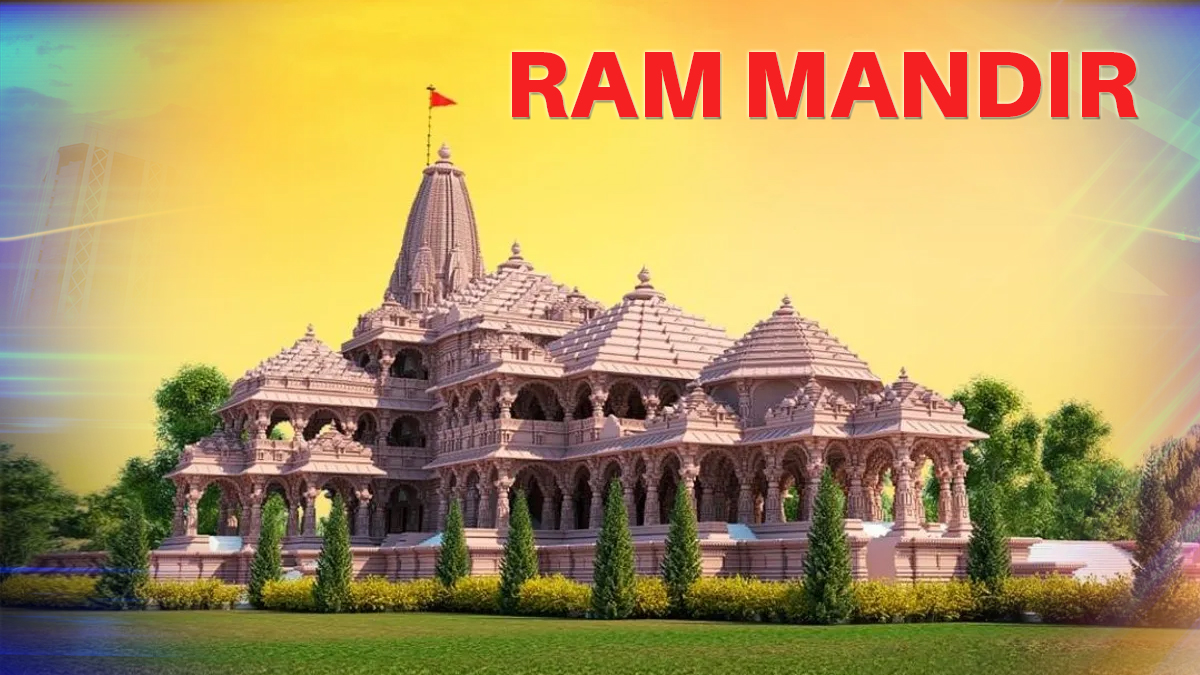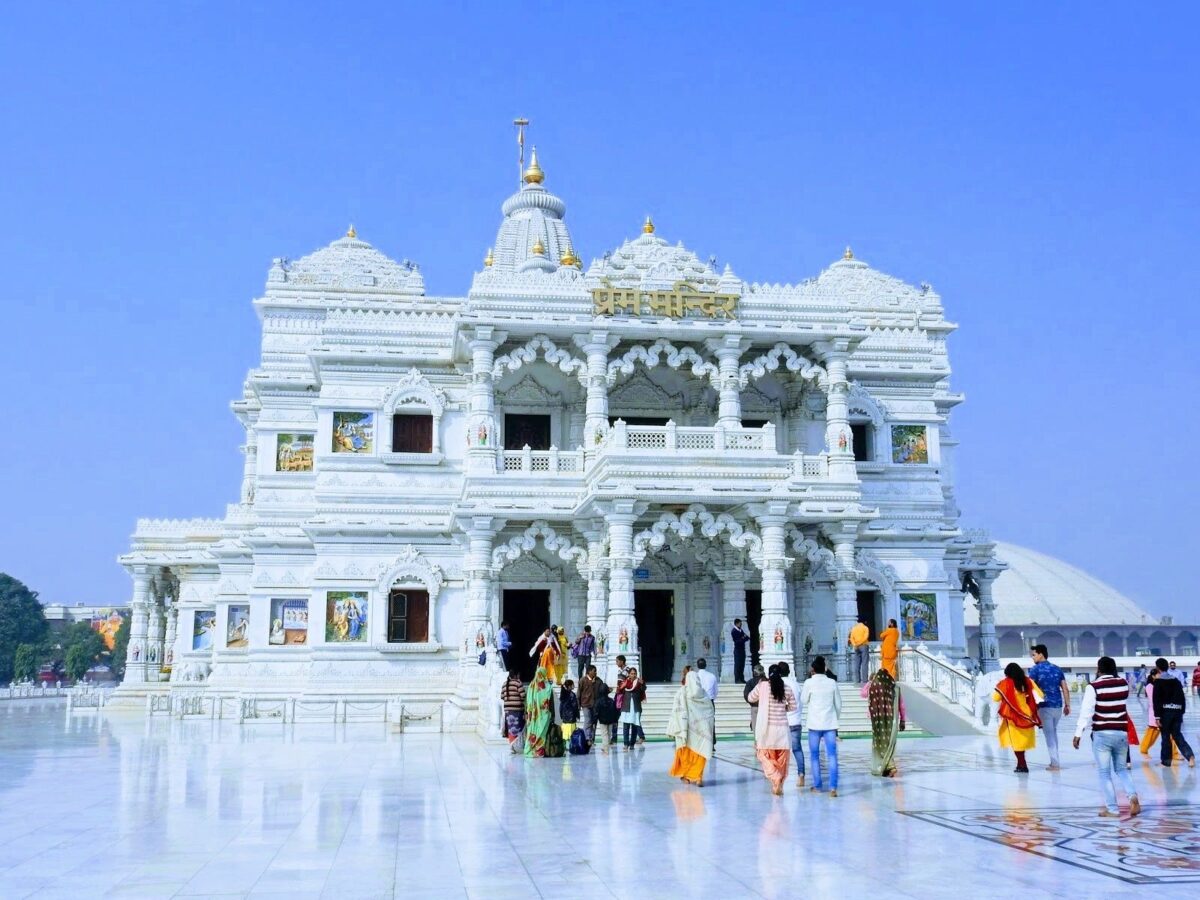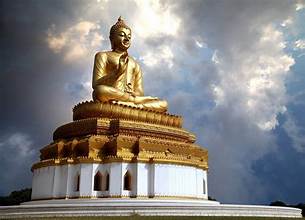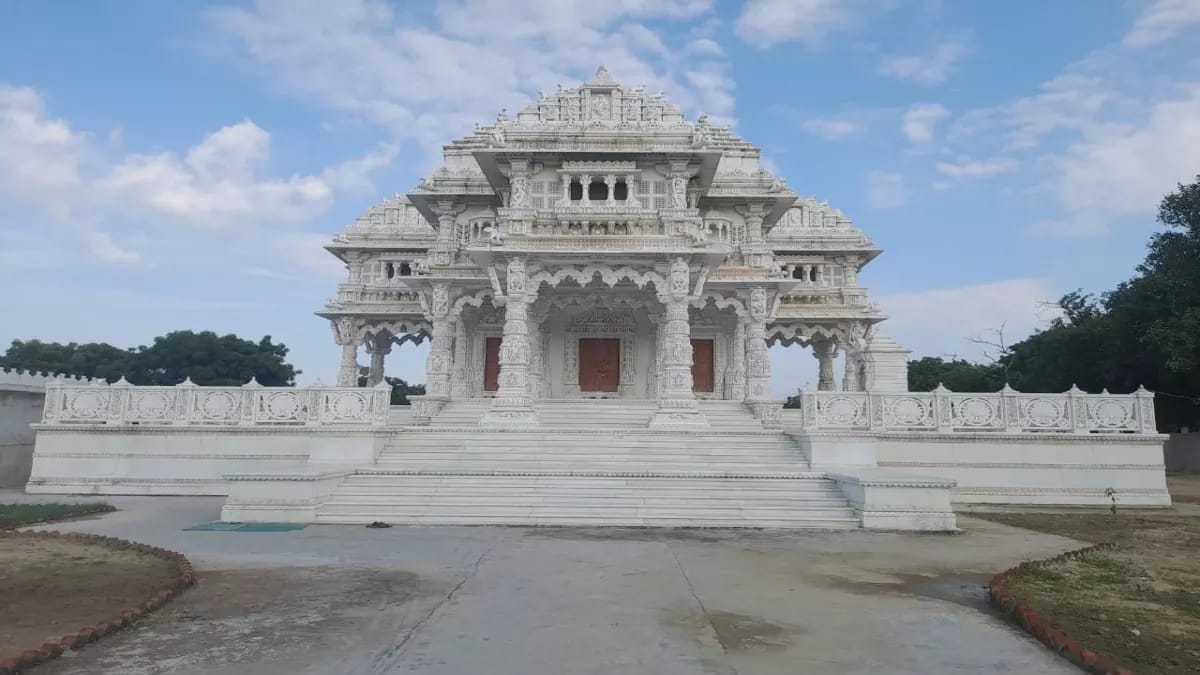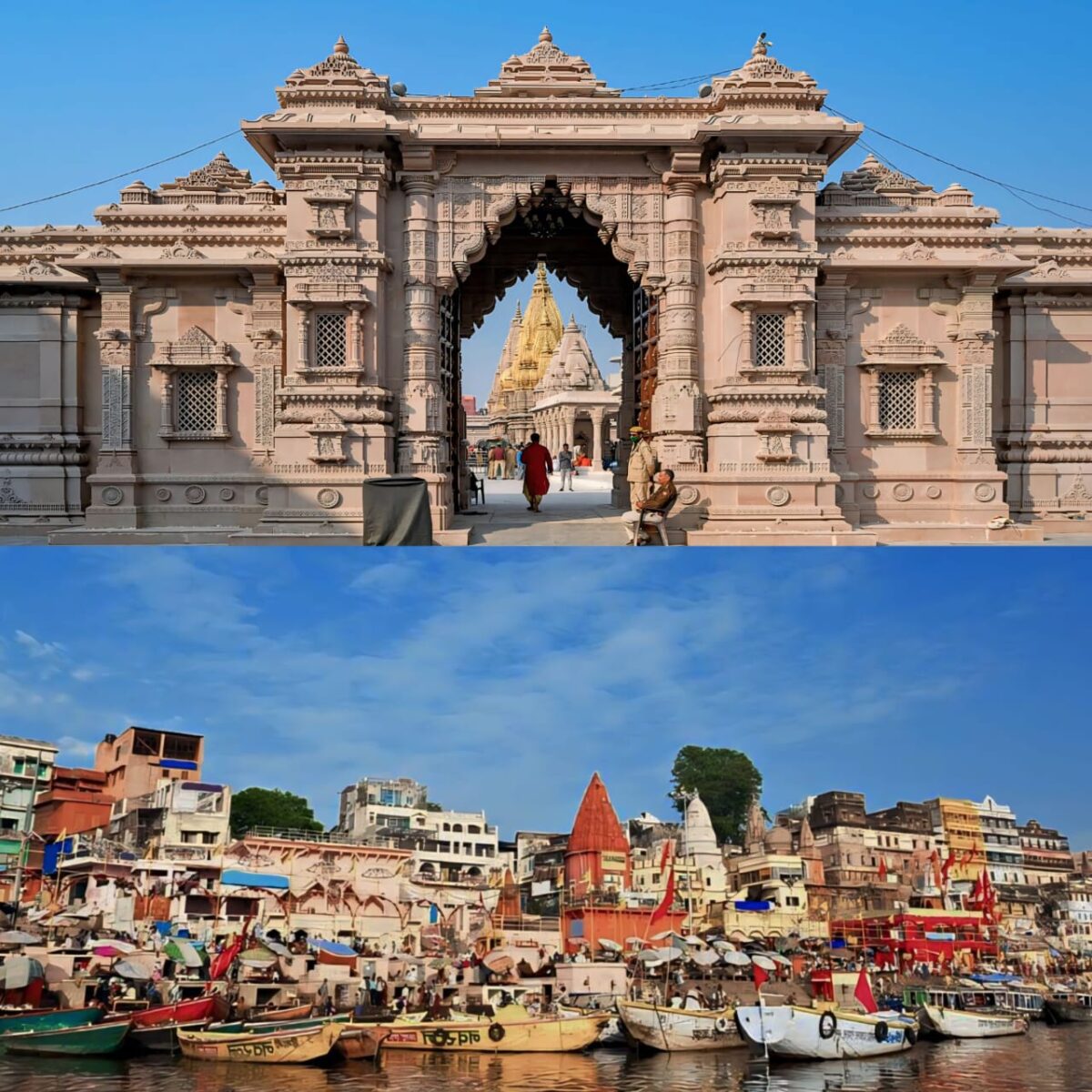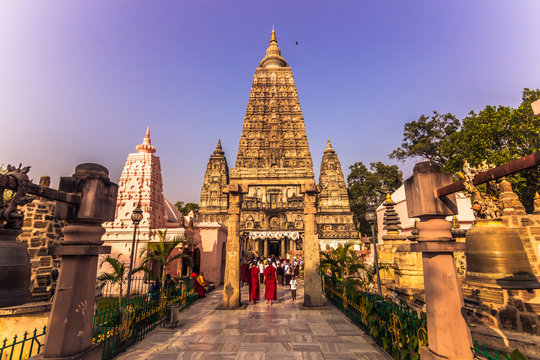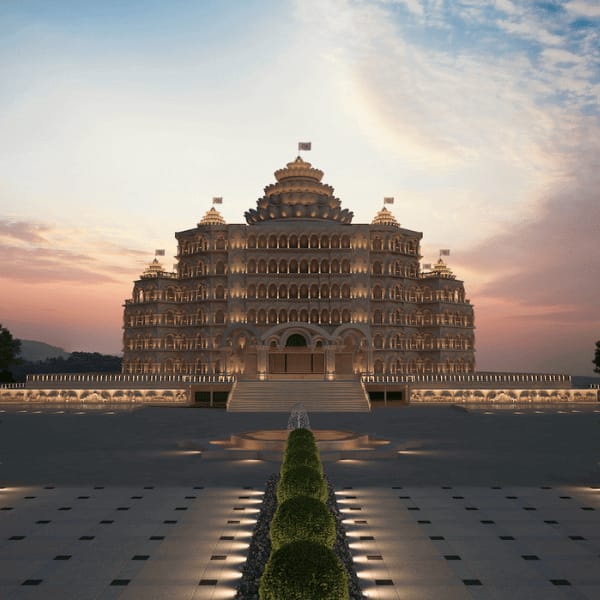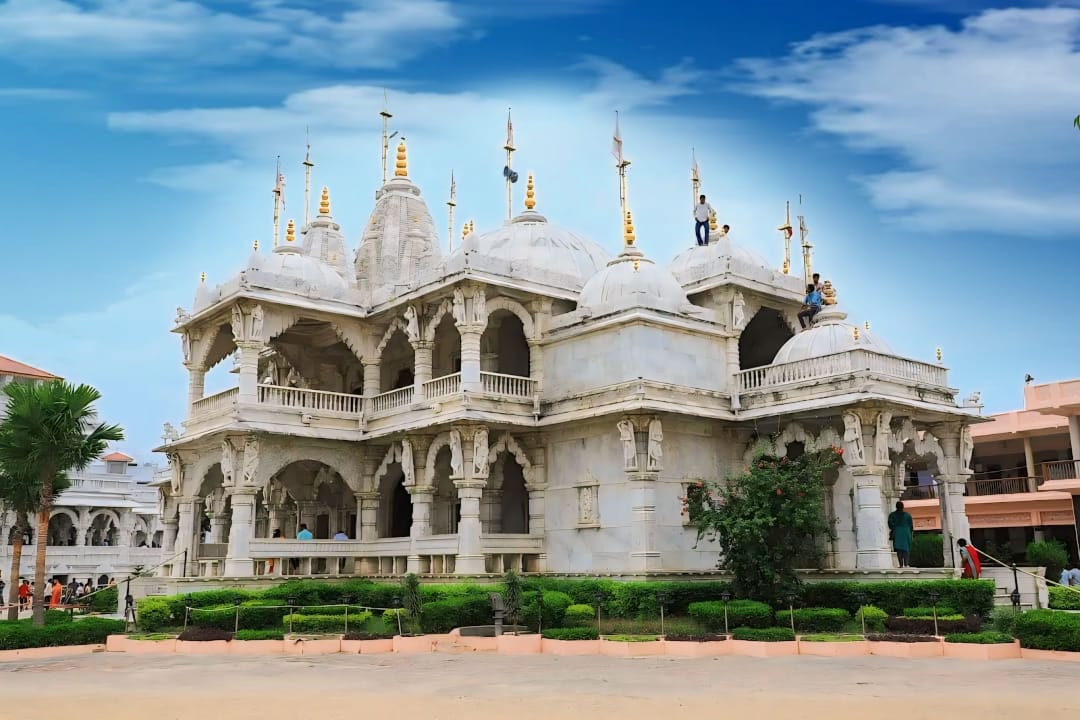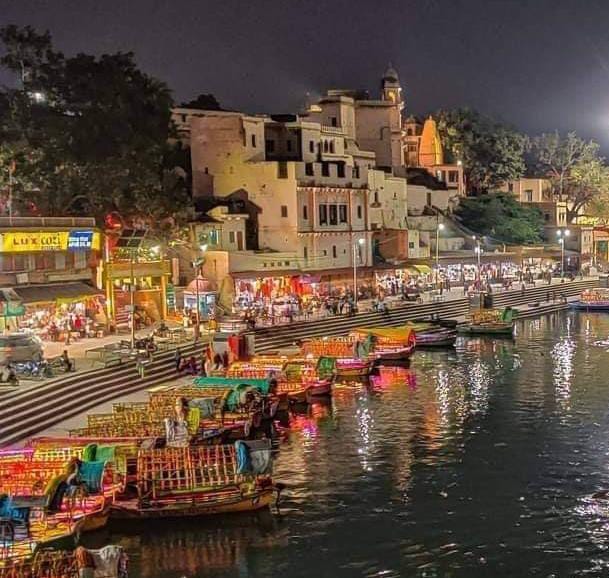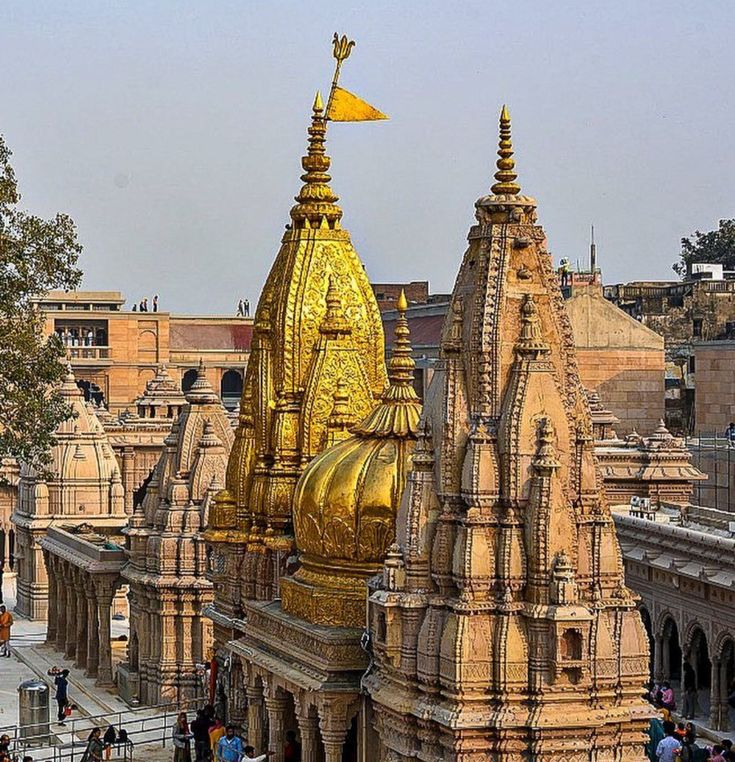The Fascinating History Of The Ayodhya Temple: Unveiling The Story Behind India’s Most Controversial Religious Site
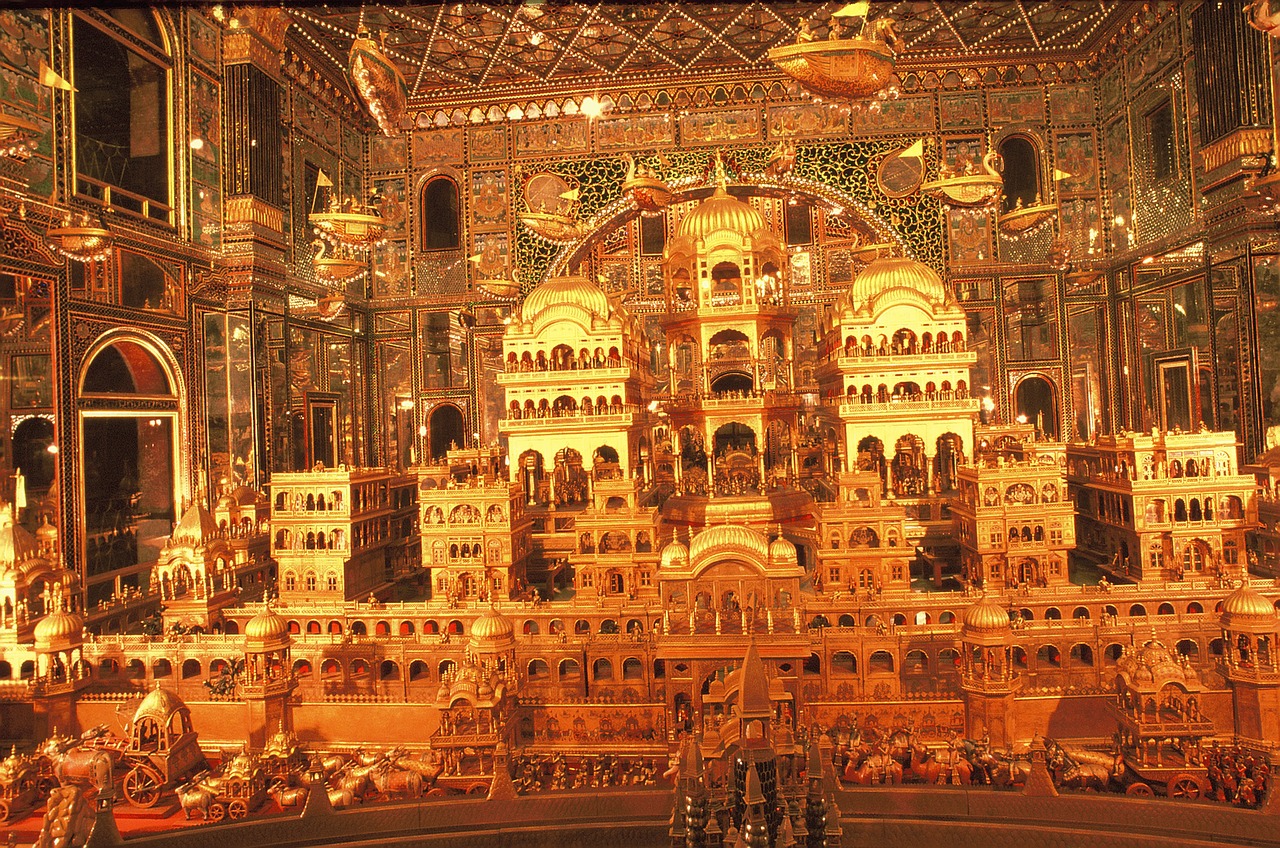
India, a land steeped in rich cultural and religious heritage, holds many sacred sites that have witnessed centuries of devotion and worship. Among these, the Ayodhya Temple stands out as one of the most controversial and historically significant religious sites in the country. The story behind the Ayodhya Temple is a complex tapestry of faith, politics, and societal tensions that has shaped India’s religious landscape. In this article, we will delve into the fascinating history of the Ayodhya Temple, exploring its origins, the events that led to its construction, and the ongoing debates surrounding its existence.
Origins of Ayodhya: Birthplace of Lord Ram
Ayodhya, located in the northern state of Uttar Pradesh, holds immense significance in Hindu mythology as the birthplace of Lord Ram, one of the most revered deities in the Hindu faith. According to ancient Hindu texts, Ayodhya was the capital of the kingdom ruled by Lord Ram’s father, King Dasharatha. The epic Ramayana, composed by sage Valmiki, narrates the life and adventures of Lord Ram, including his birth and subsequent exile.
Legend has it that Lord Ram was born in Ayodhya as the seventh incarnation of Lord Vishnu, the preserver of the universe in Hindu belief. Hindus consider Lord Ram as the epitome of righteousness (dharma) and view Ayodhya as a sacred city, making it a place of pilgrimage for millions of devotees.
The Babri Mosque: A Monument of Faith and Controversy
The story behind the Ayodhya Temple takes a significant turn with the arrival of the Babri Mosque. In the early 16th century, during the reign of Mughal Emperor Babur, a mosque was constructed on the site believed to be Lord Ram’s birthplace. Named Babri Mosque after Emperor Babur, it became a symbol of Muslim faith and devotion.
Over the centuries, the mosque stood as a testament to India’s religious diversity, with Hindus and Muslims coexisting peacefully in Ayodhya. However, tensions began to rise in the late 20th century, leading to one of the most contentious chapters in India’s history.
The Demolition of Babri Mosque: A Turning Point
On December 6, 1992, the Babri Mosque faced severe destruction when a Hindu nationalist mob tore it down, claiming that it stood on the birthplace of Lord Ram. The demolition sparked widespread sectarian violence across India, leading to communal riots and the loss of thousands of lives.

The demolition of the Babri Mosque intensified religious and political divisions in India, with the event becoming a defining moment in the country’s history. The incident also exposed the deep-rooted tensions between the Hindu and Muslim communities, highlighting the challenges of religious harmony in a diverse nation.
Legal Battle and Supreme Court Verdict
Following the demolition of the Babri Mosque, various legal battles ensued over the ownership of the disputed site in Ayodhya. The case reached the Supreme Court of India, which, after decades of hearings and deliberation, finally delivered its verdict on November 9, 2019.
The Supreme Court’s judgment paved the way for the construction of a Hindu temple at the disputed site, while also ordering the allocation of an alternative plot of land for the construction of a mosque. The verdict aimed to bring closure to the long-standing dispute and foster communal harmony in Ayodhya.
The Construction of the Ram Mandir: A Symbol of Hindu Nationalism
With the legal hurdles cleared, the construction of the Ram Mandir, the proposed temple dedicated to Lord Ram, began in Ayodhya. The temple’s architecture draws inspiration from ancient Indian temple design, showcasing intricate carvings and sculptures that depict stories from Hindu mythology.
The construction of the Ram Mandir holds immense significance for Hindu nationalists, who view it as a symbol of their cultural and religious identity. It represents the fulfillment of a long-standing pledge by Prime Minister Narendra Modi and his Bharatiya Janata Party (BJP), which advocates for a Hindu-centric agenda.
Controversies and Criticisms
While the construction of the Ram Mandir is celebrated by many Hindus, it has also faced criticism and sparked debates regarding India’s secular fabric and religious inclusivity. Critics argue that the temple’s construction reinforces a Hindu nationalist agenda, marginalizing religious minorities and undermining India’s secular principles.
Furthermore, concerns have been raised about the impact of the temple’s construction on interfaith relations and the potential for further communal tensions. The Ayodhya dispute serves as a stark reminder of the challenges India faces in balancing religious pluralism with the aspirations of its diverse population.
Visiting Ayodhya: A Pilgrimage Destination
Ayodhya, with its historical and religious significance, has always been a revered destination for pilgrims. With the construction of the Ram Mandir, the city is expected to witness an increase in the number of devotees visiting to pay homage to Lord Ram.

Apart from the temple, Ayodhya also boasts several other notable attractions, such as the Hanuman Garhi, a temple dedicated to Lord Hanuman, and the Dashrath Mahal, a palace associated with King Dasharatha. These attractions, along with the serene banks of the Sarayu River, make Ayodhya a must-visit destination for devotees and history enthusiasts alike.
The Road Ahead: Challenges and Opportunities
As the Ayodhya Temple takes shape and becomes a focal point of religious veneration, it presents both challenges and opportunities for India. The challenge lies in ensuring that the construction of the temple does not deepen religious fault lines or marginalize any community. The opportunity lies in fostering dialogue, understanding, and respect among different religious groups, promoting a more inclusive and harmonious society.
The story behind the Ayodhya Temple is a reflection of India’s complex history, diverse traditions, and the ongoing struggle to reconcile its religious and secular identities. The temple’s construction marks a new chapter in this ongoing narrative, one that requires careful navigation to uphold the principles of religious freedom, social harmony, and cultural pluralism.
Conclusion: A Journey Through Faith and Controversy
The Ayodhya Temple stands as a testament to the enduring power of faith and the complexities of India’s religious landscape. Its story is one that intertwines mythology, history, politics, and societal tensions, making it a subject of fascination and debate.
As India moves forward with the construction of the Ram Mandir, it is essential to reflect on the lessons learned from the Ayodhya dispute. The challenge lies in embracing diversity, fostering mutual respect, and ensuring that religious sentiments do not overshadow the principles of equality and secularism.
The story behind the Ayodhya Temple is a reminder that the path to peace and harmony requires empathy, understanding, and a commitment to upholding the values that define a pluralistic society. It is only through dialogue, compassion, and respect for all faiths that India can truly honor its rich heritage and build a future that celebrates its diversity.

